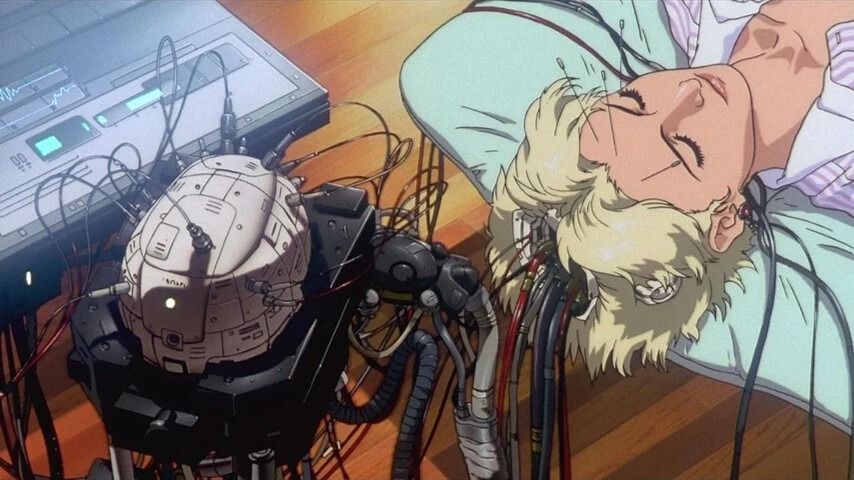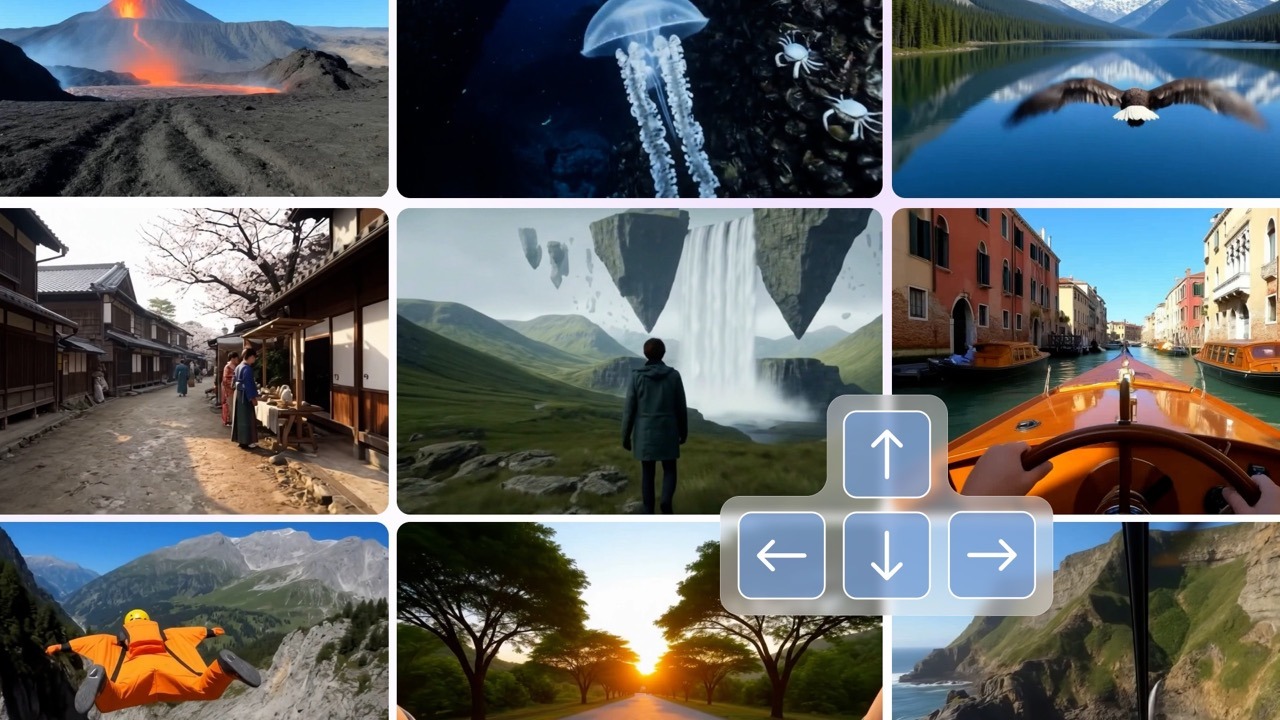The Royal Swedish Academy of Sciences has announced that pioneers in artificial intelligence, Geoffrey Hinton and American scientist John Hopfield, have been awarded the 2024 Nobel Prize in Physics. This award recognizes their foundational discoveries and inventions in machine learning using artificial neural networks. However, this decision has left many pondering, 'Why is machine learning in the field of artificial intelligence considered physics?' especially since Hinton is not even a physicist.
The decision by the Royal Swedish Academy of Sciences has indeed sparked considerable discussion. Below, we will consolidate the Academy's explanations along with insights from relevant experts to trace the 'origins and connections' between artificial intelligence and physics.
Hopfield: From Atomic Spin Systems to Inventing Hopfield Neural Networks
According to a press release from the Royal Swedish Academy of Sciences, awarding the Physics Prize to Hopfield and Hinton was due to their invention of machine learning techniques that sparked the third wave of AI, utilizing tools and concepts from physics. As they stated, 'When we talk about artificial intelligence, we are usually referring to using artificial neural networks for machine learning.'
Let's briefly introduce artificial neural networks (ANN). They mimic, to some extent, the operation of the human brain through a mathematical model that emulates how neurons in the brain function. Composed of a series of 'nodes' (neurons), these nodes influence each other through 'connections' (similar to synapses), thereby processing data and recognizing patterns.
One of the laureates, Hopfield, employed the 'spin system' from physics, which describes how particles interact and affect overall energy, to model interactions between neurons in artificial neural networks, leading to his invention of the 'Hopfield neural network.'
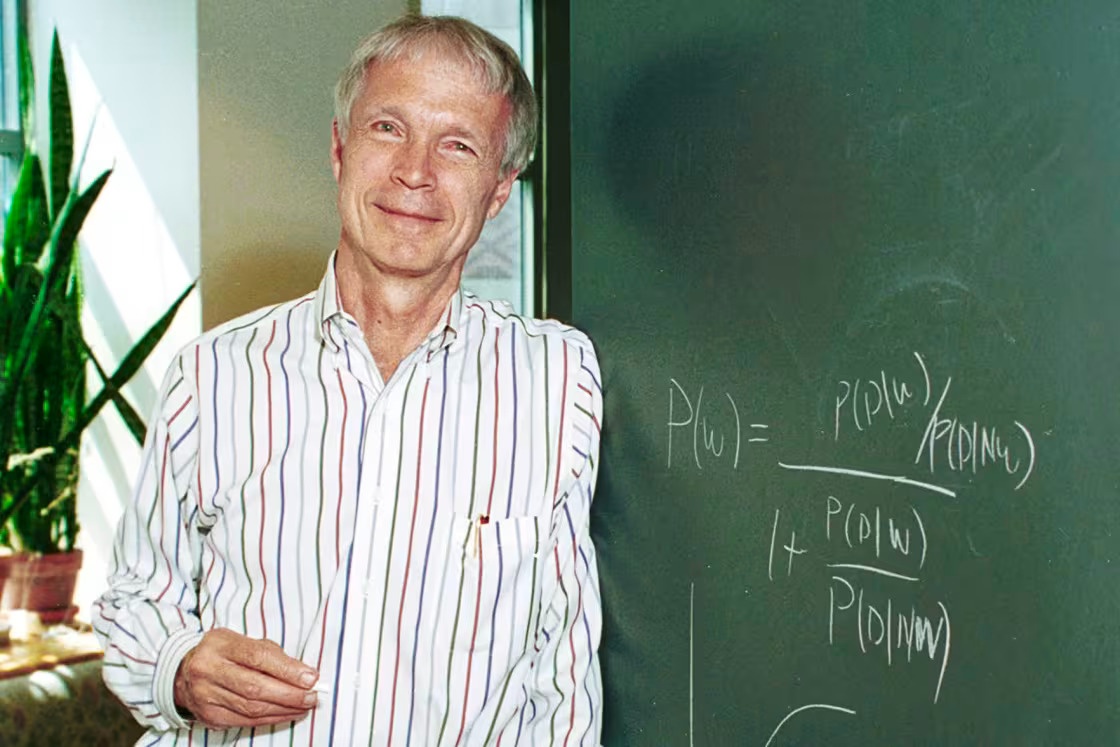 Although not as famous as Hinton, Hopfield's invention laid the foundation for Hinton's work. (Source: X)
Although not as famous as Hinton, Hopfield's invention laid the foundation for Hinton's work. (Source: X)
Imagine the above explanation as a jigsaw puzzle game. When trying to complete a puzzle, if some pieces are missing or misplaced, we adjust and guess based on the remaining parts until the puzzle is nearly complete. The 'Hopfield neural network' functions like a puzzle solver, adjusting pieces step by step based on what’s available until the most complete picture is formed. The aforementioned 'spin system' is like giving each puzzle piece magnetism—some pieces attract others, automatically guiding them into the correct positions.
The connection between Hopfield's 'Hopfield neural network' and physics lies in this 'magnetic puzzle' concept, mimicking the energy minimization process in physical systems to store and reconstruct images or data.
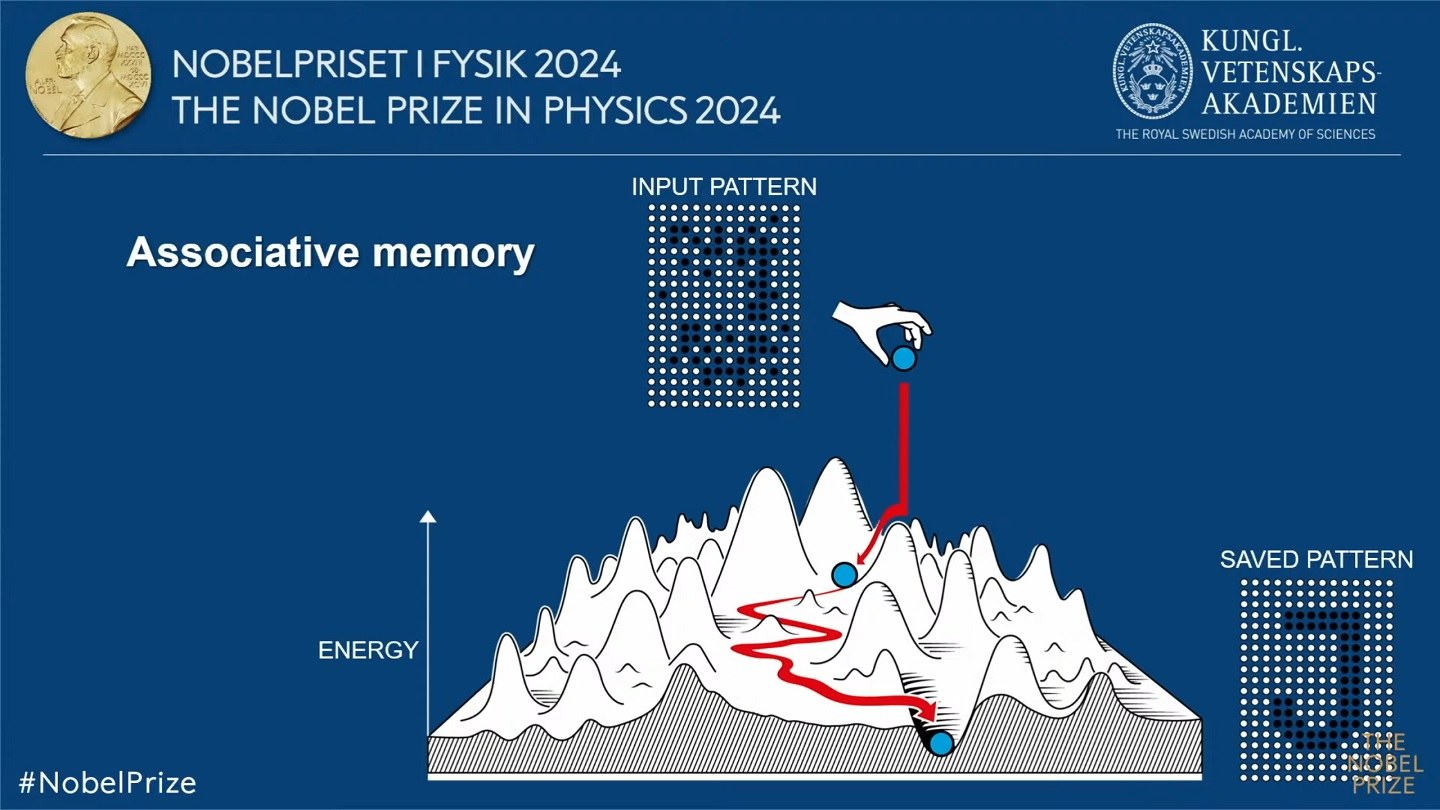
AI Godfather Hinton, who invented the Boltzmann machine using principles of statistical physics
As for Geoffrey Hinton, known as the 'Godfather of AI,' he built upon Hopfield's foundation to invent the 'Boltzmann machine,' further advancing the development of artificial neural networks.
Continuing with the analogy, Hinton thought the puzzle game was great but wanted to make the rules smarter. So, he created a new version of the game called the 'Boltzmann machine.' This version not only reconstructs the original image but also automatically identifies 'which pieces are most important' from a pile of puzzle pieces, even predicting the complete image based on those pieces.
Hinton's 'Boltzmann machine' is linked to physics through its use of concepts from statistical physics, particularly the 'Boltzmann distribution,' which describes how particles in a system distribute themselves across different energy states. This helps the network find patterns, such as being given many different images and learning to distinguish between cats and dogs.
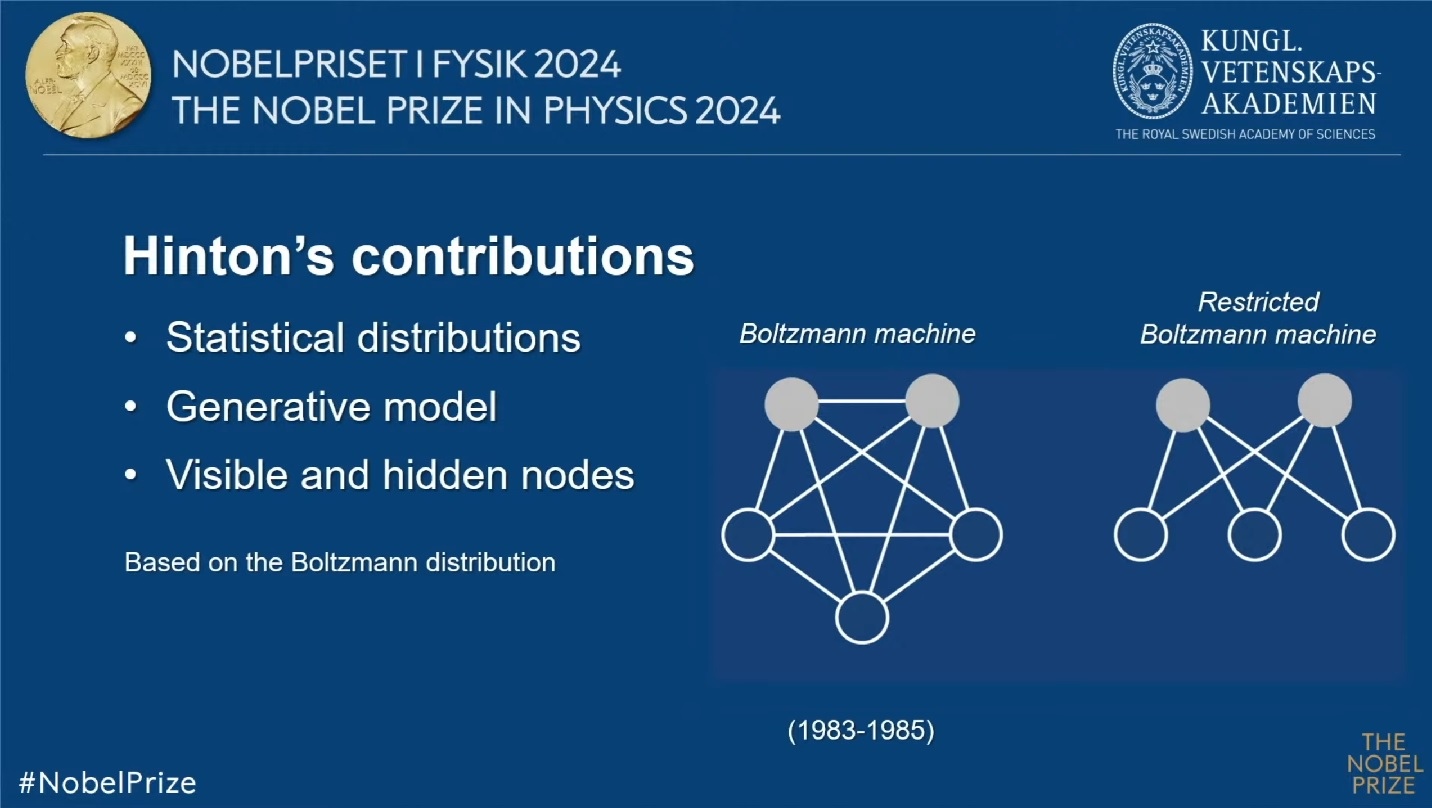
In summary, although the research of Hopfield and Hinton does not strictly fall within the domain of physics, their inventions were derived from principles of physics, which is why the Royal Swedish Academy of Sciences deemed them worthy of the Physics Prize. Despite the Academy's efforts to 'popularize' the concept, many experts and scholars have expressed differing opinions.
Other AI experts, including Hinton himself, have expressed their own opinions
For instance, NVIDIA senior research scientist Jim Fan sarcastically posted a 'Hitchhiker’s guide to rebranding' on X, pointing out that if machine learning can be reframed as 'statistical mechanics'; optimizing the model as the physics of 'minimizing free energy'; and diffusion models as the statistical physics of Langevin dynamics, then Sora could just as easily be renamed a 'Learned physics engine.' This serves as a sophisticated critique of the notion that 'all variations are still rooted in physics.'
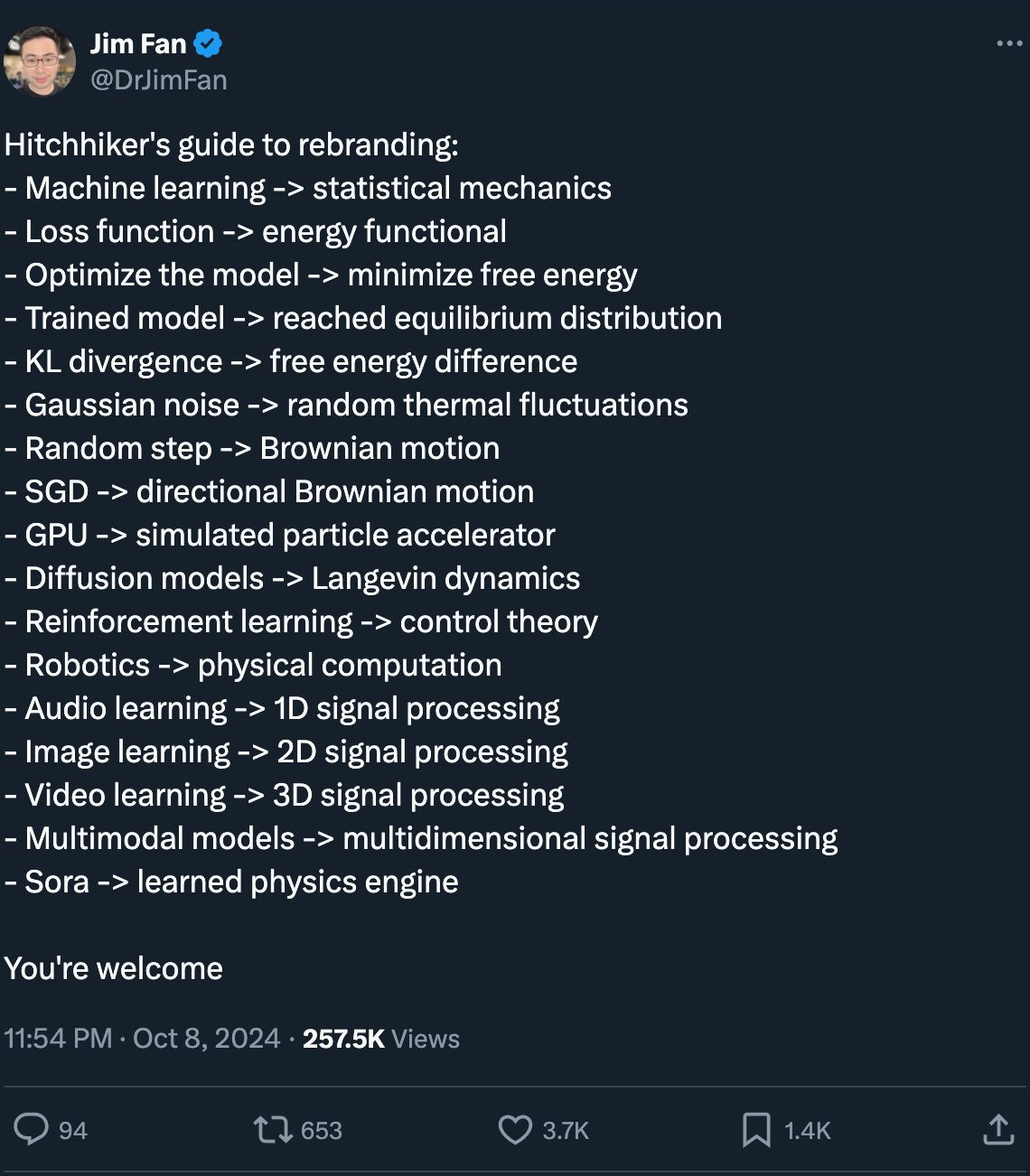
Machine learning expert Pedro Domingos tweeted: 'Physicists think AI is physics. Statisticians think AI is statistics. Mathematicians think AI is mathematics. Psychologists think AI is psychology. Neuroscientists think AI is neuroscience. They are all right.' This highlights that AI is, in fact, a cross-disciplinary field.
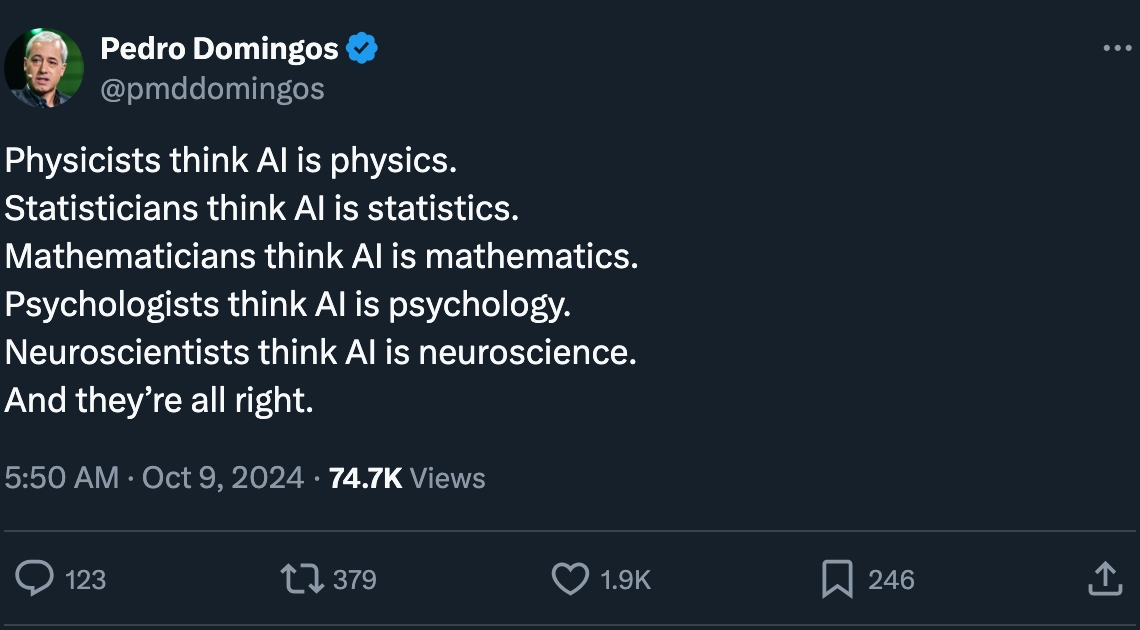
But perhaps the most sarcastic comment comes from Hinton himself, who in recent years has shifted to a more doomsday view of AI. During a press conference held for him today at the University of Toronto, Hinton humorously remarked that he was grateful to his students, many of whom went on to achieve significant accomplishments. He expressed particular pride in the fact that one of his students was responsible for firing OpenAI CEO Sam Altman.
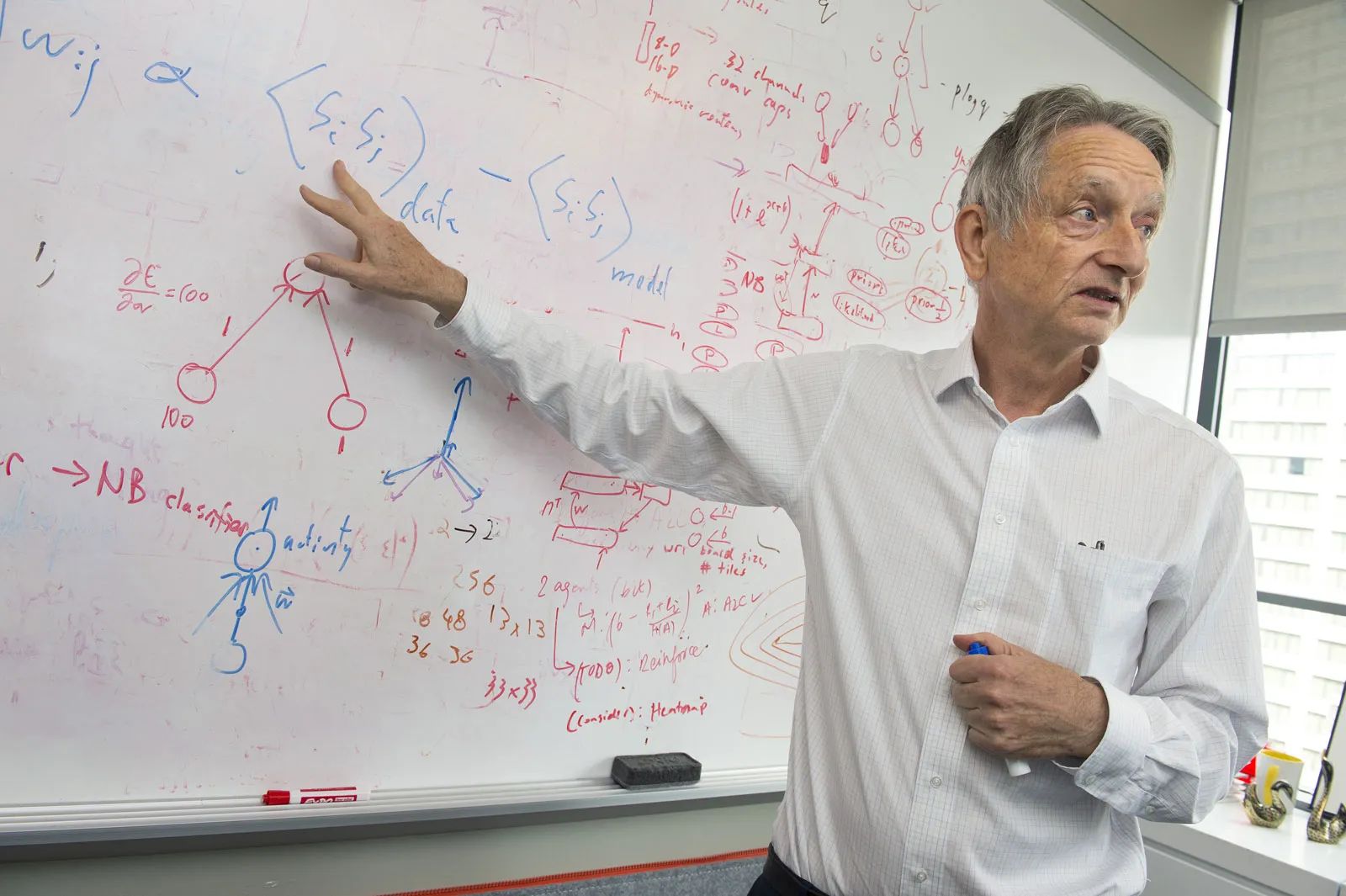
This leads to the reflection that the ultimate impact of an invention, whether good or bad, still depends on human behavior. We might also consider that by awarding the Physics Prize to scholars in the field of artificial intelligence, the Royal Swedish Academy of Sciences is perhaps signaling to the world that the transformation AI brings to humanity, whether positive or negative, will be profoundly significant. Unlike dynamite, humanity still has the opportunity to decide what AI will bring.
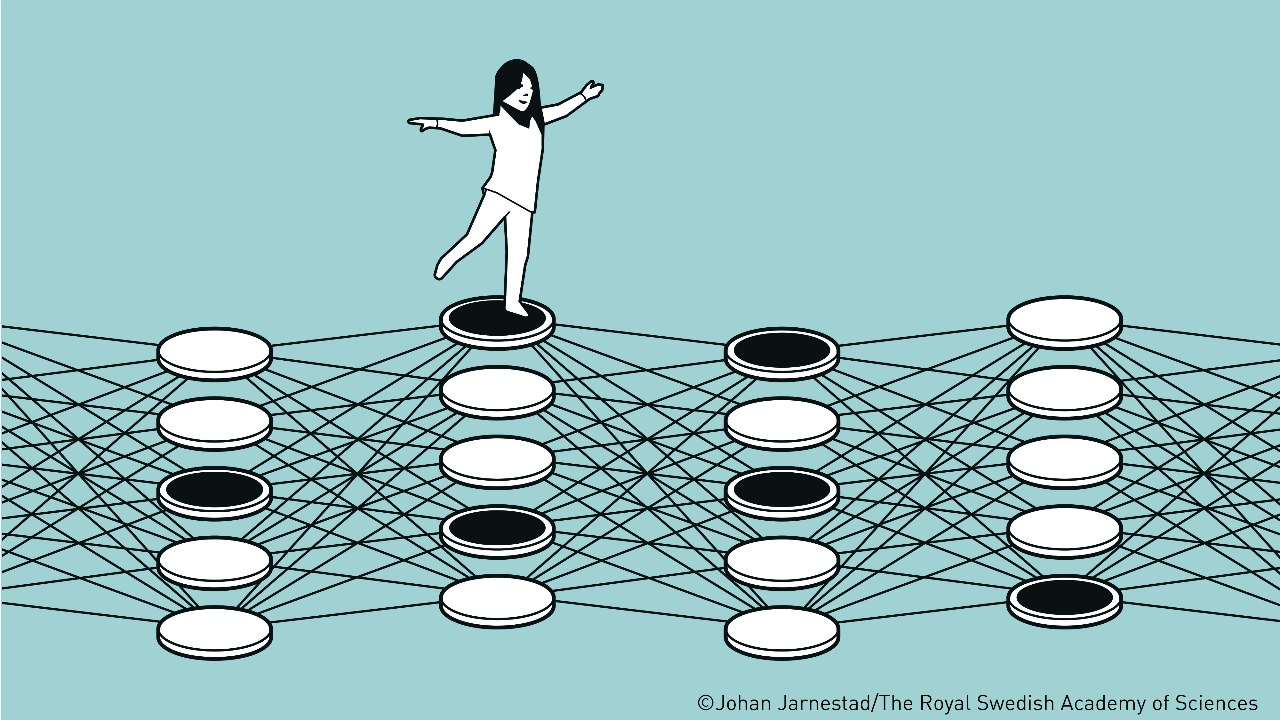
 Although not as famous as Hinton, Hopfield's invention laid the foundation for Hinton's work. (Source: X)
Although not as famous as Hinton, Hopfield's invention laid the foundation for Hinton's work. (Source: X)




